Cheongju Yonghwasa Temple (용화사(청주))
16.6 Km 28186 2024-03-15
565 Musimseo-ro, Seowon-gu, Cheongju-si, Chungcheongbuk-do
This temple was founded in 1902. Yonghwasa Temple can be found about 2 kilometers down the small road from a National Road connecting Judeok-eup, Cheongju, with Eumseong. Unlike other Buddhist temples, which tend to be located in secluded places, Yonghwasa Temple is easily reachable from the city, attracting many visitors. Set against a backdrop of green lawns and forests, the temple's stupas, stelae, three-story stone pagodas, and guardian trees bring Buddhist culture to life. A Goryeo-era Standing Stone Buddha, a cultural heritage, can be found in the complex. Its elegant and full body, round face, and delicate expression of folds in the Buddha’s clothing all showcase the unique qualities of Goryeo-era Buddhist sculptures. The Buddha holds a medicine bowl in the left hand, which heals all diseases and eliminates all distractions in pursuit of truth.
Cheongju Jungang Park (청주 중앙공원)
16.6 Km 9713 2024-03-15
33, Sangdang-ro 55beon-gil, Sangdang-gu, Cheongju-si, Chungcheongbuk-do
+82-43-201-8238
Located at the heart of Cheongju city center, Jungang Park is a relaxing space full of cultural heritage and things to do. Its most famous feature is the massive ginkgo tree that has stood here for nearly a thousand years. Ginkgo trees are famously long-lived, so this 30-meter high tree with an 8-meter circumference is majestic and welcoming at once. Its nickname, Apgaksu, is said to originate from its leaves resembling a duck foot. Mangseollu Pavilion, a nugak (a building built to have a view of the surrounding areas without any doors or walls) built during the Goryeo period, is the oldest wooden structure in Cheongju. Another cultural site is the Byeongma Jeoldosa Yeongmun Gate, a door that served as the entrance to the office of Byeongma Jeoldosa. Byeongma Jeoldosa was a Joseon-period position tasked with quelling rebellions. The park also hosts musical concerts and presentations.
Blackstone Belle Foret Resort (증평 에듀팜(블랙스톤 벨포레 리조트))
16.7 Km 0 2024-06-18
346 Belleforet-gil, Doan-myeon, Jeungpyeong-gun, Chungcheongbuk-do
Belle Foret, French for "beautiful forest," is located in a pristine natural environment in the center of the nation, making it easily accessible from all locations. The resort offers a variety of leisure activities, including golfing, a luge track, marina club, and farm where children can enjoy animals up close.
Ullidan Street (운리단길)
16.8 Km 0 2024-03-15
201-1 Saun-ro, Heungdeok-gu, Cheongju-si, Chungcheongbuk-do
Ullidan Street connects Cheongju Early Printing Museum with Uncheon & Sinbong-dong Community Center. In less than a kilometer, charming cafes, restaurants, and shops have opened one after another, giving the street its name and elevating it to a popular hangout in Cheongju. This street is also the location of the store Nation's Best Banchan, which was run by Jeon Do-yeon’s character in "Crash Course in Romance (2023)." Don’t miss the Yennal Yetjip Goldongpum, an antique store and one of the oldest stores on Ullidan Street. True to its name, the store features old furniture, transistor radios, and other antique items full of nostalgia.
Cheongju Yukgeori Market (청주 육거리종합시장)
16.9 Km 26931 2023-02-09
46, Cheongnam-ro 2197beon-gil, Sangdang-gu, Cheongju-si, Chungcheongbuk-do
043-223-6696
Cheongju Yukgeori Market is a famous traditional market in Cheongju where consumers can purchase agricultural produce directly grown and harvested in the countryside as well as various industrial products. An early morning market (so-called Dokkaebi Market) opens daily, and farmers sell agricultural products they have grown themselves. It first began during the Joseon Dynasty as Cheongju Market on the side of the Musimcheon Stream embankment and has been called Yukgeori Market since 1973. Today, around 4,000 merchants work at some 1,600 stores over a total area of over 1 million square meters. There are also 5-day markets that run on dates ending in 2 and 7. Recently, an arcade and a parking lot have been installed and, as a result, it was chosen as an outstanding traditional market in the country, thus serving as a model for merchants in other regions.
Goesan Red Pepper Festival (괴산고추축제)
16.9 Km 18730 2024-06-14
113 Imkkeokjeong-ro, Goesan-gun, Chungcheongbuk-do
+82-43-830-3463
Goesan Red Pepper Festival is held during the harvest season in late August to early September to promote the excellence of chili peppers grown in Goesan, a major production area of Korea. The festival has numerous programs for visitors to enjoy. Brightly colored and full of flavor, Korean chili peppers are a particularly popular agricultural product. This is a fun festival where visitors learn about Goesan chili pepper which have been harvested since the Joseon dynasty.
BRIE (브리)
17.0 Km 0 2024-03-15
11 Jikji-daero 753beon-gil, Heungdeok-gu, Cheongju-si, Chungcheongbuk-do
BRIE is a cafe with an interior design that emphasizes warmth and sentimentality, featuring a warm wood tone and a green space with air-purifying plants. The cafe is famous for its brunch menu, particularly its Fig Ricotta Sandwich and Brie Cheese Sandwich. Brie Cream Velvet, topped with raspberries, impresses in both taste and visuals, making it a popular feature in social media. The cafe also has large tables perfect for meetings. Small dogs can be brought into the premises.
Chopyeong Reservoir (초평저수지)
17.1 Km 26562 2024-02-23
Chopyeong-ro, Chopyeong-myeon, Jincheon-gun, Chungcheongbuk-do
Chopyeong Reservoir, formed by damming the Mihocheon Stream, is a renowned fishing spot, especially popular for ice fishing. It hosts species such as carp, crucian carp, and snakehead. Fishing bungalows are scattered across the lake, resembling islands. This spot is perfect for those looking to enjoy trail trekking around the lake and take in the picturesque scenery.
Cheongju Heungdeoksa Temple Site (청주 흥덕사지)
17.3 Km 21014 2020-03-27
713, Jikji-daero, Heungdeok-gu, Cheongju-si, Chungcheongbuk-do
+82-43-201-2022
A large number of relics were unearthed at this site due to a land development project in 1985. Work was halted and relics were excavated by the Cheongju University Museum. The time and size of Heungdeoksa
Temple is unknown, but according to Jikji (Buljojikjisimcheyojeol, the world’s oldest existing book printed with movable metal type), the
excavated books were printed using metal types at the temple in the third year of King Uwang’s reign (1377). The books were published 78 years earlier than Gutenberg’s invention.
In 1972, the Jikji was officially recognized as the world’s oldest book printed with movable metal type during the International Book Year. The Buljojikjisimcheyojeol is
currently kept at the National Library of France.
Cheongju Early Printing Museum (Heungdeoksaji Temple Site) (청주 고인쇄박물관(흥덕사지))
17.4 Km 18778 2019-03-19
713, Jikji-daero, Heungdeok-gu, Cheongju-si, Chungcheongbuk-do
+82-43-201-4266
This early printing museum, located on the site of Heungdeoksa Temple in which Jikji, the world's oldest extant book, printed by movable metal type, was printed, was founded on March 17, 1992. Since the technology’s inception, Korea has substantially developed its metal-type printing methods. In this museum, approximately 650 artifacts including ancient movable metal and wooden print books from the Goryeo and Joseon periods, relics from the Heungdeoksaji Temple site (흥덕사지) and printing tools are on display. Here, visitors can learn about the history of the Korean printing technologies and culture.
In addition to exhibition, the museum has been promoted to hold the Cheongju International Printing & Publishing Fair, to study early printing culture and printing types and to publish museum journals and early printing-related papers.

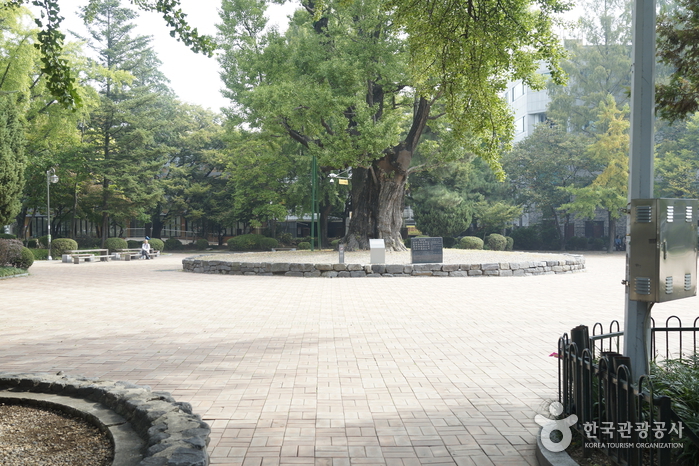
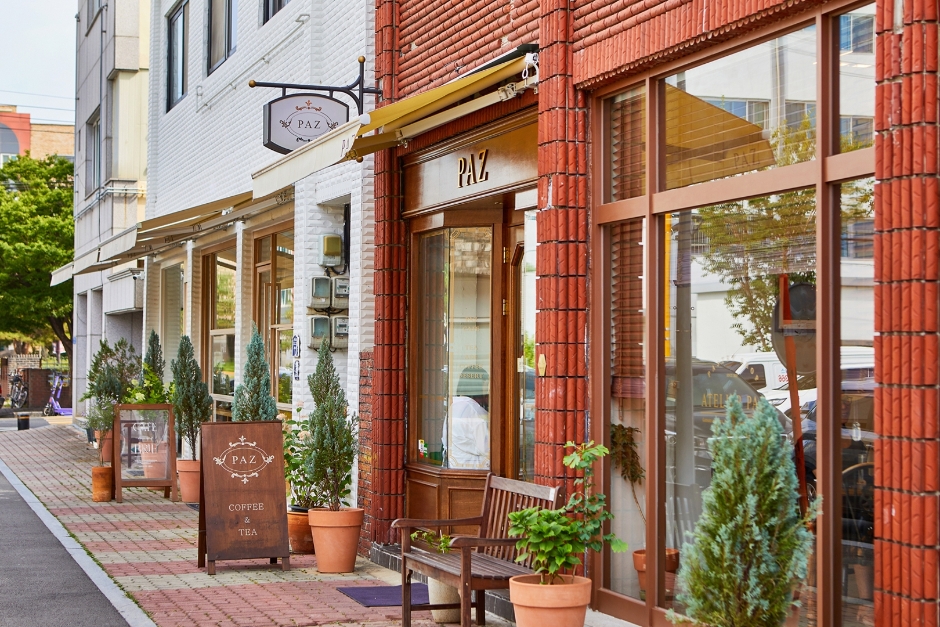
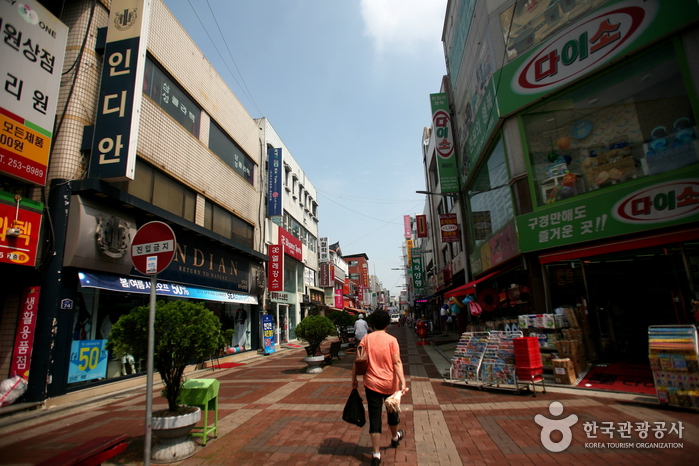
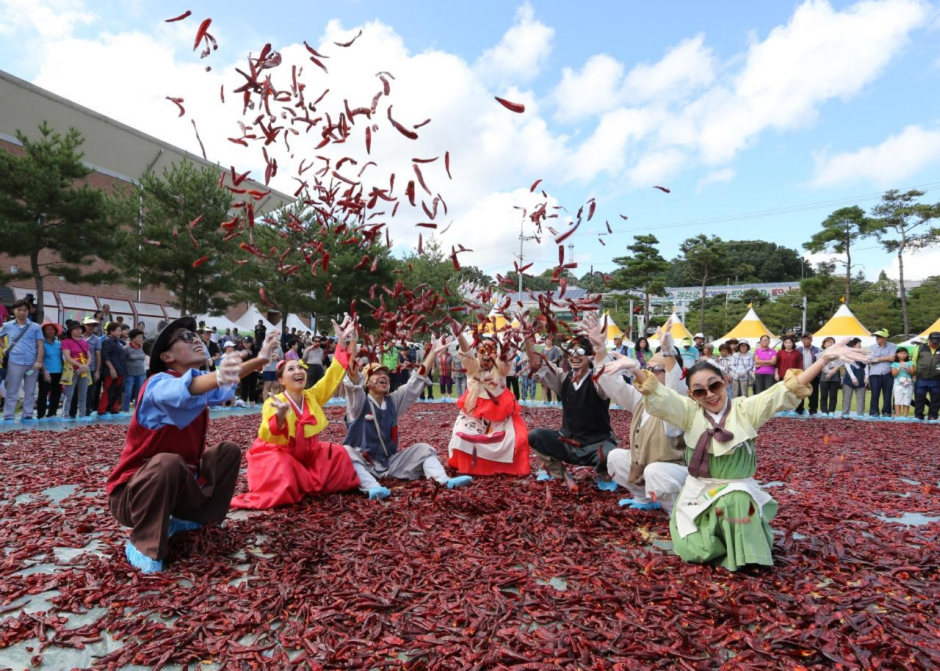
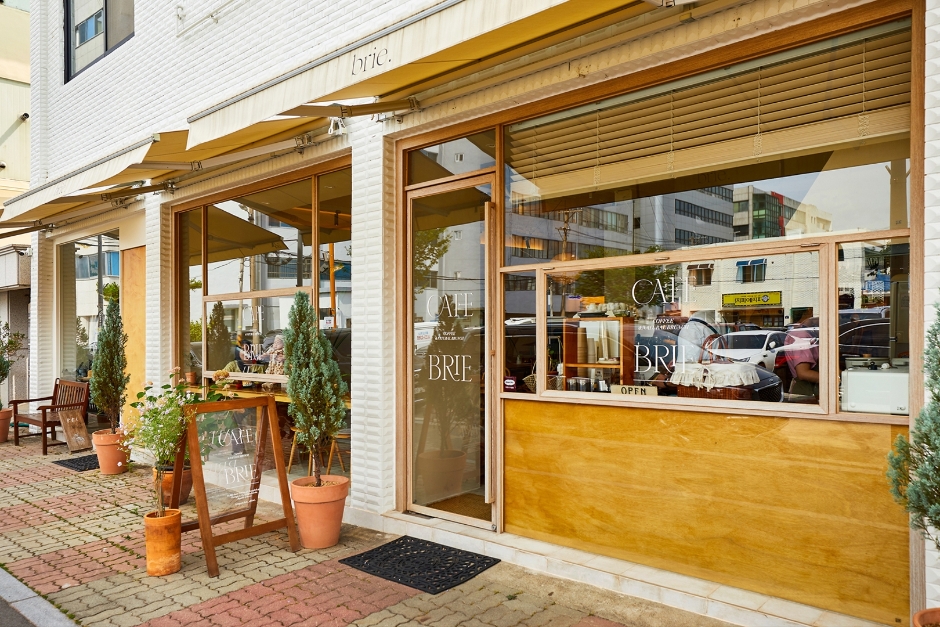
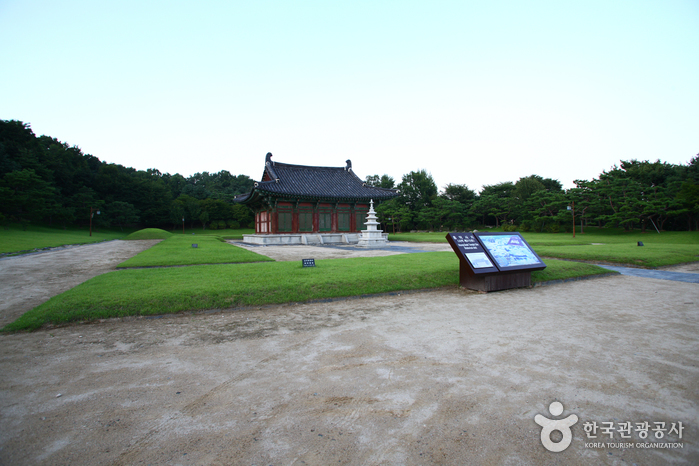
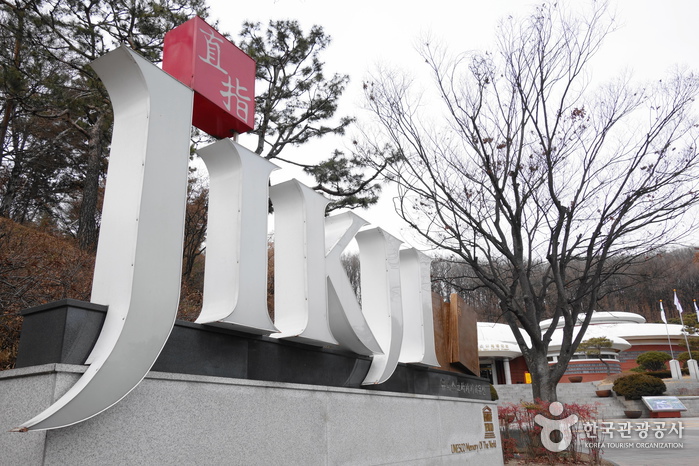
 English
English
 한국어
한국어 日本語
日本語 中文(简体)
中文(简体) Deutsch
Deutsch Français
Français Español
Español Русский
Русский